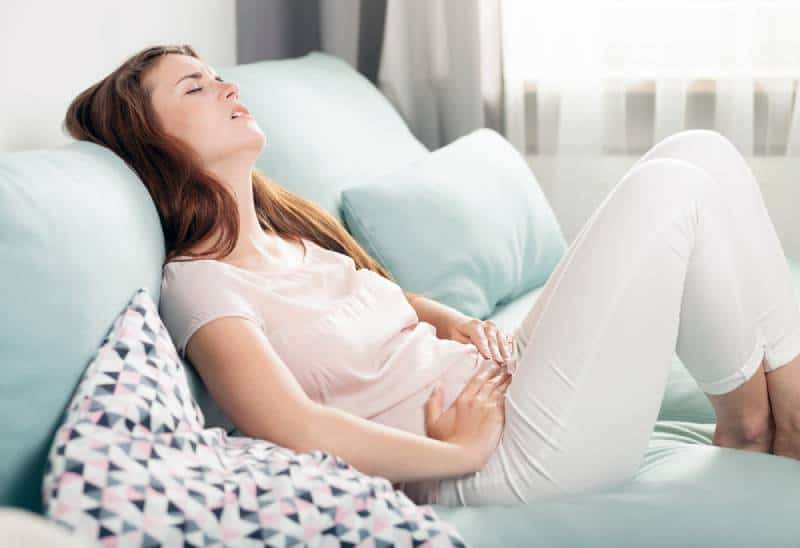So, you’ve been through what people call either the worst or the best period of your life – childbirth. Your little one has been born a healthy individual and is looking as bright as ever after a rather laborious delivery period.
And then, just as you thought the pain had gone, it returns again. You’re still getting cramps and it feels like you’re back on that delivery bed – but why? The answer is afterpains.
Afterpains are the involuntary cramping you feel as your abdominal area returns to its normal size, the one it had pre-pregnancy.
These afterpains, also known as involutions, can take as long as 6 weeks to calm down while your abdomen shrinks back to its normal state.
Imagine it being like shifting tectonic plates and the pain you feel is them settling back in. Your little earthquakes are guaranteed to cause you some level of discomfort, but I assure you they are a completely natural occurrence of postpartum recovery.
The pain is also known to be stronger when you breastfeed your child.
That’s due, in part, to the hormone oxytocin (the so-called “cuddle hormone”) being released into your system.
This is a double edged sword for sure, as the release of oxytocin also expedites the healing process and helps avoid diastasis recti from becoming a longer term issue.
If this is your first time giving birth, then your experience with uterine cramping is likely to be less intense than that of a mom of three.
This is because you’re likely to have more muscle tone during your first pregnancy because pregnancies tend to soften the tone of abdominal muscles.
Basically, the more toned your abdominal muscles are, the shorter the recovery period is going to be. It is sadly unavoidable, so you’ll have to power through it, as all mothers do.
The best way of going about it is treating it like an extra dose of menstrual cramps since that’s about how they’re going to feel.
Make sure you don’t miss your doctors’ appointments during this period, though.
Your doctor can make sure everything is going according to plan and that your uterine contractions are progressing at a proper pace without any complications.
Relief Methods
1. Warm heating pads
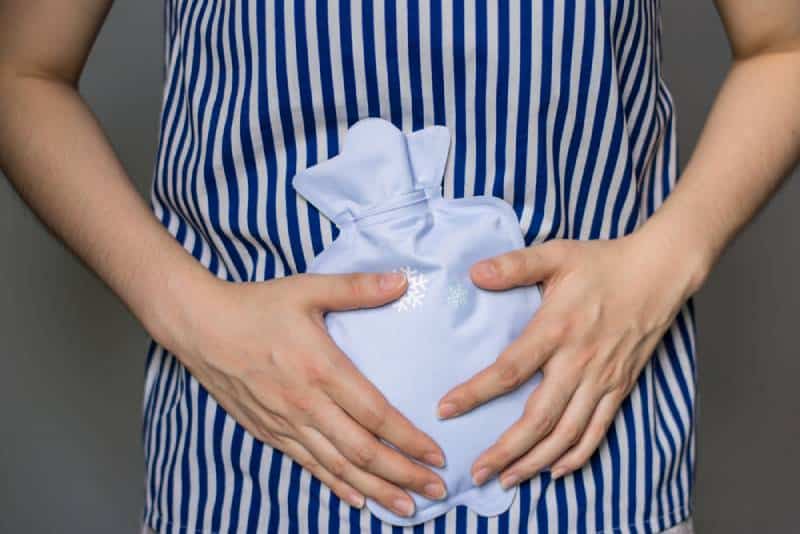
If the pain starts becoming too much to handle, the best way of reducing the pain level is to apply a warm heating pad to the area or simply a bottle filled with warm water.
It won’t provide immediate relief, but you should start feeling better in a matter of minutes.
The one thing many new moms fail to realize is that just because they’ve given birth, it doesn’t mean they are free to move around the house.
Things are still not quite back to how they were pre-pregnancy.
Doing any strenuous activity during the postpartum period when the contractions of the uterus are still happening is just going to make the pain feel worse.
2. Resting
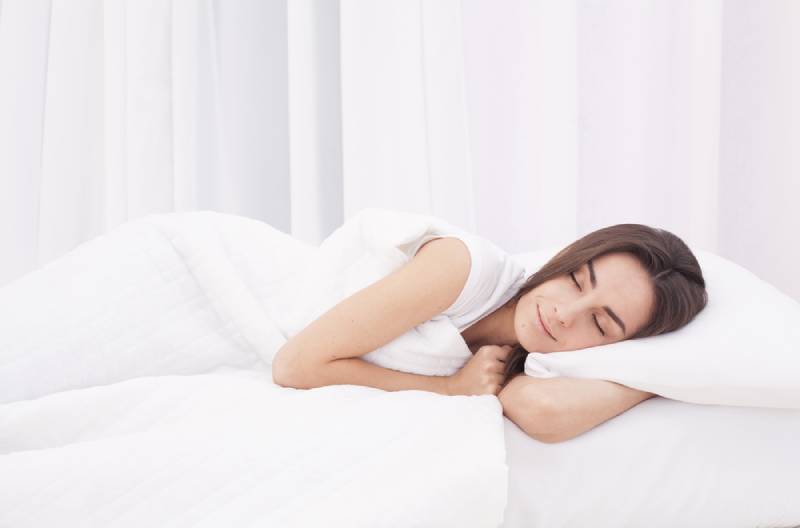
Make sure you get some rest. Physically intense jobs around the house are not your responsibility just yet – leave that to your partner or a doula if you’ve arranged for one.
Your job is to rest up and breastfeed your newborn until your postpartum recovery is finished.
You might even find yourself sleeping more often as dealing with pain is quite tiring on your entire system and can drain your energy rather quickly.
3. Deep breathing
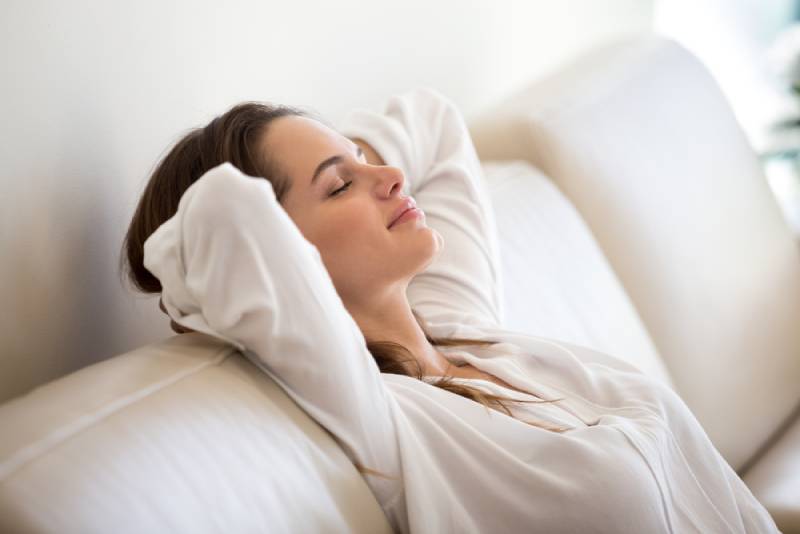
Another thing that might help is practicing some deep breathing exercises. This will help you de-stress and alleviate the pain somewhat.
I’d recommend using the same exercises you were taught during your pregnancy.
While we’re on the topic of de-stressing, you should also try to avoid any outside news that might cause an extra dose of stress.
Just chill out at home with your child and let the world around you happen.
You’re still in a rather delicate state and there’s no need for you to fuss over anything else other than your family.
Remember, you and your health are just as important as the rest of the world and right now, you should be taking care of priority #1 – you and your little one.
You may also want to limit the number of friends who come and visit.
They have to understand that you can’t exactly move around too much and be the nice host you normally are at the moment.
Basically, if they’re causing you stress rather than helping you forget about it, kindly explain the situation to them and ask them to leave you be.
It’s a harsh thing to do, I know, but it’s better to be direct and up-front about these things rather than suffering in silence.
Your friends may have the best of intentions, but they might just be going about it the wrong way and causing those afterpains of yours to become worse than they already are.
I’m sure they’ll understand once it’s been properly explained to them and that many of them will be willing to jump in and aid you in your postpartum care period.
While they can be understanding, you too should have your limits with regard to just how much you ask of them.
Remember, they have lives to live too but the odd chore or errand here and there shouldn’t be an issue if it’s on the way and they have the time for it.
4. Emptying your bladder
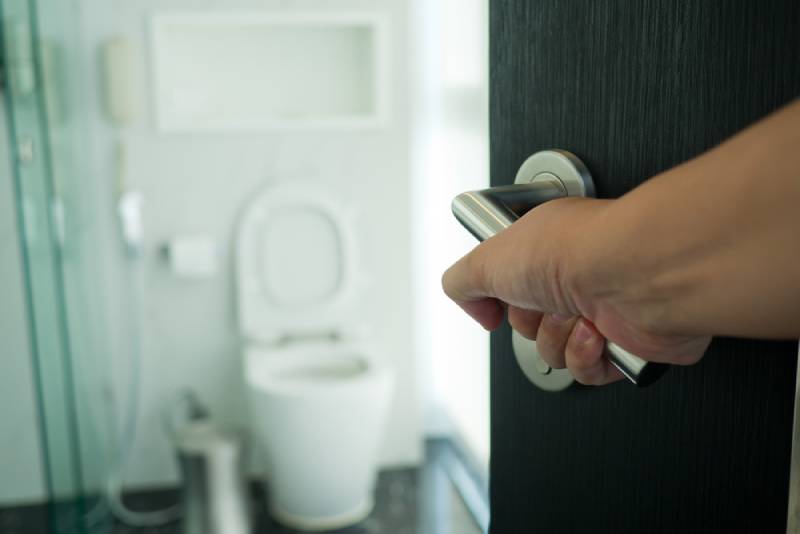
An odd trick that helps relieve the pain from these afterpain cramps is relieving your bladder.
It may sound odd at first, but a full bladder just makes matters worse by occupying more space than necessary.
So, don’t hold it in and just go when you need to. You’ll probably have to go more often than normal as you’ll want to keep yourself well hydrated to help the body circulate your liquids and keep you fresh.
If you’re having issues going to the bathroom, let your doctor know in case you have any infections or underlying issues with your urinary tract.
5. Pain relief medications

And, if the pain is really getting under your skin and becoming unbearable, ask your doctor if you can take some pain medications.
While relying on medicine to get you out of a tight spot is not great and sometimes it’s alright to let the pain go away naturally, taking pain medication isn’t the worst thing you can do.
Sometimes the pain is just too great and stops you focusing on your daily duties.
In this instance, it’s completely understandable to want some peace and harmony after the aches you suffered during your baby’s birth.
Your doctor will usually prescribe some over-the-counter medicine like ibuprofen, tylenol, or some anti-inflammatory drugs like NSAIDs.
Make sure to keep to the indicated dose, though, and not overdo it.
Vaginal Bleeding
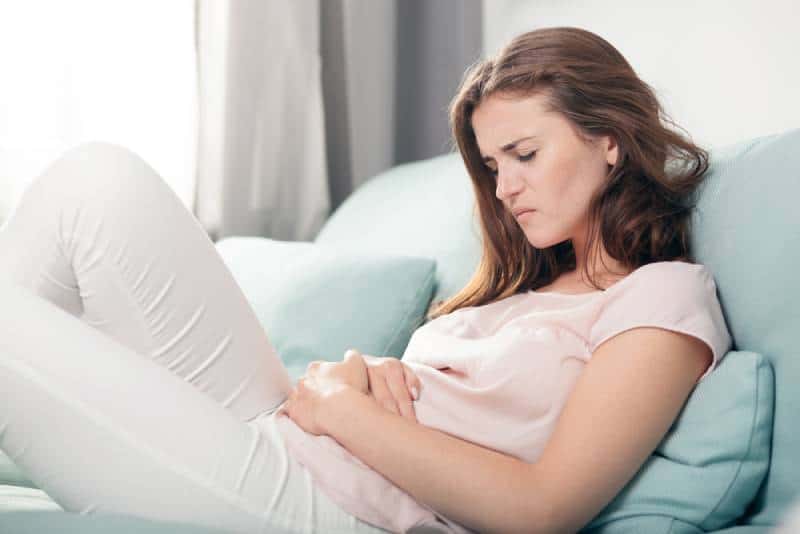
Another unavoidable aspect of the afterpains is vaginal blood loss, also known as lochia.
This is similar to menstruation (albeit the bleeding is on a slightly larger scale) and is nothing to worry about as this is just your body ejecting the excess as it returns to normal.
Make sure you have plenty of ice packs and postpartum pads to absorb the discharge and prevent any messes from occurring.
The brunt of this symptom should be during the first 10 or so days after giving birth and should become a lot milder after.
It can last just as long as the afterpains do, however, all the way up until your abdomen returns back to its proper place and your uterus contracts to a normal size.
Other Issues That May Be Causing Abdominal Pain
Constipation
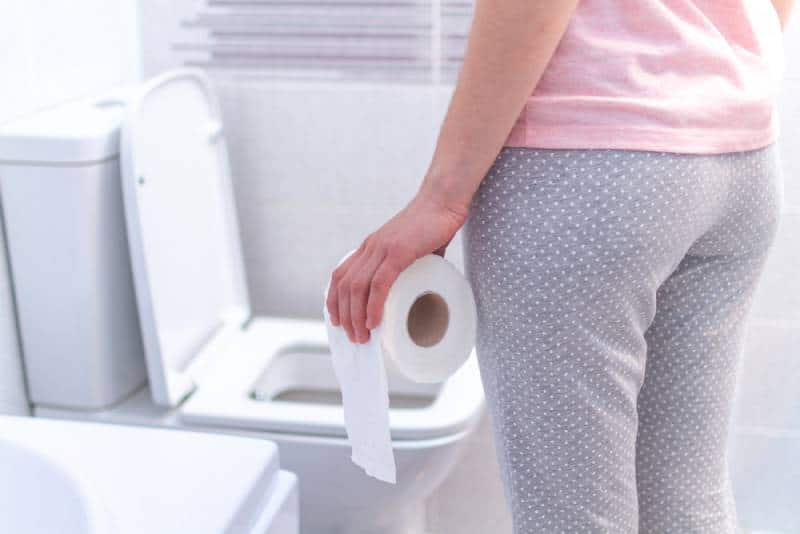
While not strictly caused by pregnancy, constipation could be the cause of your abdominal pain and could also worsen the effects of your afterpains – in a similar way to a full bladder.
I’m sure you’re no stranger to the pain restricted bowel movements can cause and that you’ve likely suffered through a short bout of them at some period in your life.
Luckily, constipation caused by pregnancy is also short-lived and can easily be fixed as soon as you’re able to determine the cause.
Some of the more common causes involve the lack of movement during your second and third trimesters and during this postpartum recovery period.
Hemorrhoids that may have appeared for similar reasons (too much sitting) may also be the culprit. In special cases, like if you’ve had an episiotomy during labor, the pain and swelling in the perineal area could be the cause of constipation as well.
And, naturally, the most common cause is having an unbalanced, low-fiber diet.
Relief Methods
1. Positioning and ice packs
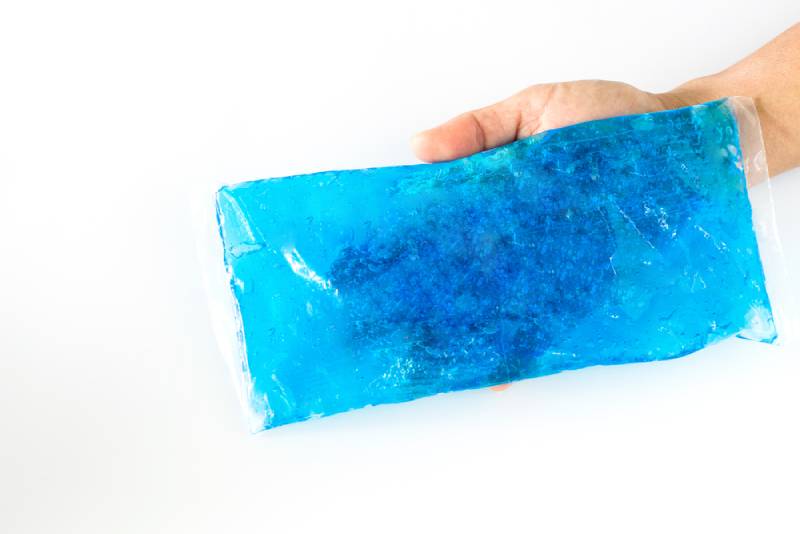
The first two are sadly unavoidable and will pass with time as you get back on your feet soon enough.
As for the others, make sure to put as little pressure on your perineum as you can and apply ice packs around it to help reduce any swelling and alleviate the pain around the perineal area.
2. Re-evaluating your dietary plan
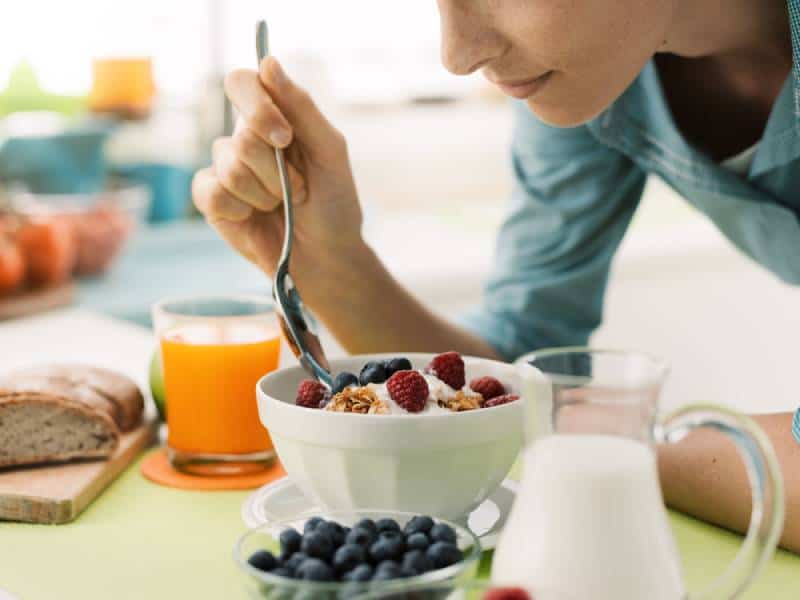
As for the last one, well, take a good look at your diet and put some more fiber in it. The easiest way of getting fiber in your system is eating fruits and nuts.
Bananas and apples should be the easiest to get and probably the easiest to stomach to help get the bowels going again and keep your regular.
If it’s the season, you can also opt for some strawberries – they would always be my go-to if I was suffering from a bout of constipation.
3. Using laxatives or stool softeners to expedite bowel movements
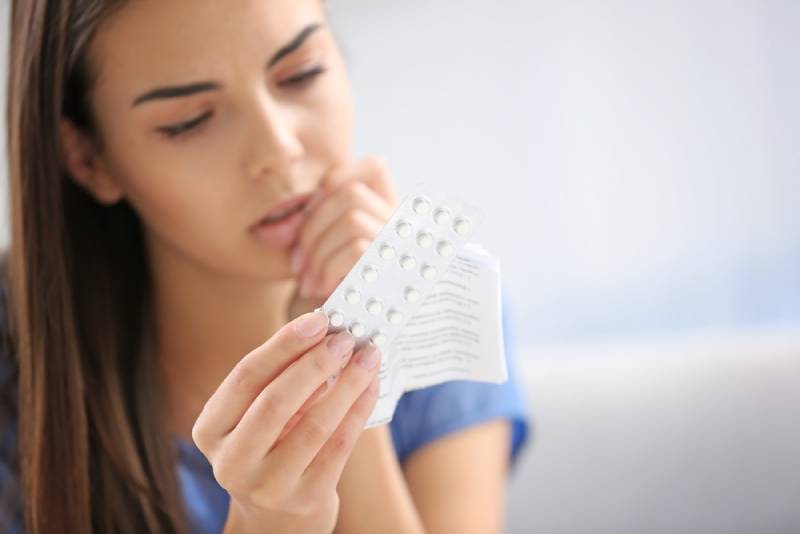
Alternatively, if you’re looking for a quick, but temporary fix, a laxative or stool softener might help too, but consult with your doctor to check that it’s safe to take.
A C-section
Vaginal birth is becoming more of a rarity as time goes on as the number of cesarean sections has been steadily increasing in recent years and is showing no signs of stopping.
That metric isn’t as important though – what is important to understand is that it’s no less natural to give birth through a c-section than it is through vaginal birth.
That said, a cesarean cut does come with a few temporary hindrances and can be the cause of greater afterpain than normal purely for the reason that you have a scar on your abdomen that is still healing.
There’s also some internal healing that has to be done.
Luckily you don’t have to perform too many extra steps in comparison to regular afterpains as most healing methods are the same.
Relief Methods
1. Resting

Getting plenty of rest and avoiding any physical activity that might be too strenuous for you is a must.
This usually means that your baby is about the heaviest weight you’re allowed to lift, nothing more.
When you’re lying down, make sure to cushion your abdominal area with a pillow or similar to prevent unnecessary trauma to the scar when you’re shifting around.
2. Asking others for help or hiring professionals
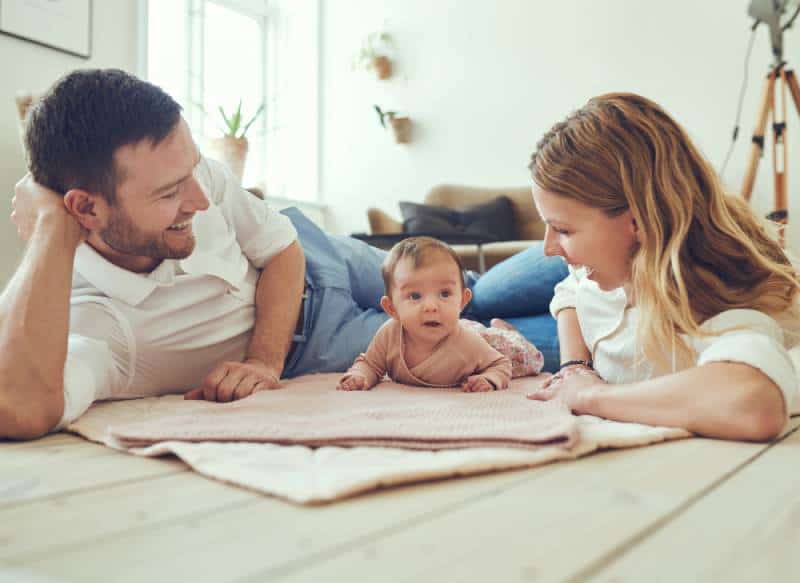
Much like with regular afterpains, asking your friends and family for aid during the recovery period can be a great help and will remove the need for you to do any activity that might cause an issue with the scar or the afterpains.
For those of you that can afford it and who aren’t as comfortable asking your friends to help out with these chores, you can hire professional help in the form of a maid or any other service that performs similar duties.
3. Pain relief medications

And, again if your doctor allows it, you can get some pain relief medication to help stifle the pain you might be feeling from your c-section scar and that might be making the afterpains harder to deal with.
4. Getting a c-section recovery belt
- SOFT & BREATHABLE - Our 3 in 1 Postpartum Belly Wrap is made to be soft to touch without causing skin irritation. Using breathable and elastic mesh, it contours perfectly around your body with maximum comfort. Wearing a layer under the belly band it highly recommended.
- SHRINKING OF TUMMY - Your body has just carried a miracle, its time to get your body back in shape. Our Postpartum belt helps to tuck your stomach in, which helps to shrink you womb back to pre-pregnancy size, while supporting your other organs to realign back to pre pregnancy state.
- OPTIMUM BACK SUPPORT - After carrying your baby for 9 months, it will cause a strain to your back. With our KeaBabies Belly Wraps, it can help to support your back, reducing back aches and help you to keep a good posture while breastfeeding your baby.
Prices pulled from the Amazon Product Advertising API on:
Product prices and availability are accurate as of the date/time indicated and are subject to change. Any price and availability information displayed on [relevant Amazon Site(s), as applicable] at the time of purchase will apply to the purchase of this product.
One good way of making sure you’re still able to move and not feel handicapped during the c-section recovery process is to get a c-section recovery belt.
They’re a fantastic aid in helping prevent any further injury to the c-section scar and can even help keep your abdomen in place, reducing some of the afterpains you might be feeling as well as helping prevent diastasis recti.
When To Seek A Doctor For Your Afterpains
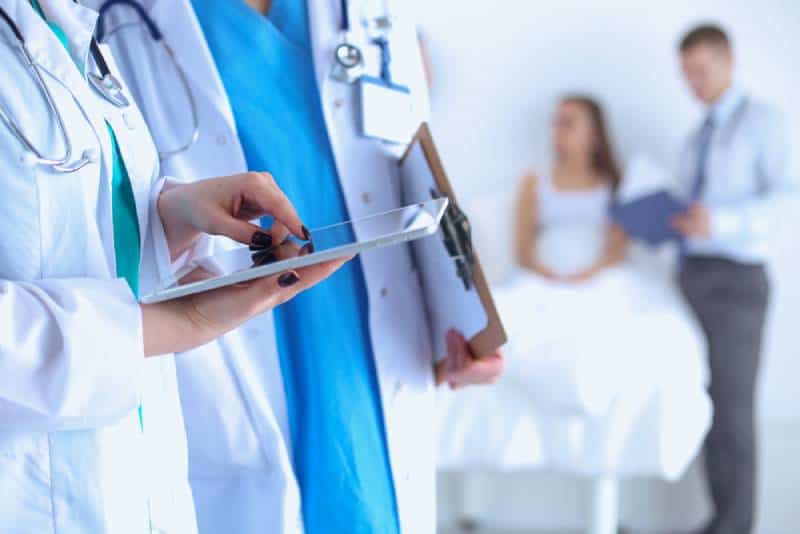
While afterpains go away naturally, some complications can occur, though they are rare.
Do keep an eye out for them though as they may lead to something worse, but spotting them early will help prevent them before they develop further.
Some of these are:
- Excess bleeding during lochia/bleeding that occurs after the usual period that appears bright red
- Severe pain that just keeps increasing
- High fevers that persist for long periods of time
- Long periods of nausea/vomiting
- Tenderness in your side areas
Most of these can be signs of an early infection or something worse, but only your doctor will be able to pinpoint the exact cause and prescribe the proper methods of treatment and prevention.
If there’s anything that might cause alarm/concern, don’t hesitate to contact your doctor about it.
Final Words
Afterpains can be tough to deal with, but are nothing more than a natural period of healing your body goes through as it returns to normal after giving birth.
Treat the postpartum period as you treated the weeks leading up to the birth and make sure to get plenty of rest and keep yourself calm and comfortable while listening to advice from your midwife or doctor.
Don’t forget to notify them about anything you might find unusual or you might need advice for.
As informative as the internet is, professionals know better.
Remaining inside the house for so long might start to wear on your mental health, too.
Don’t hesitate to open up to your doctor/midwife or your friends about it to help make you feel more normal and at ease.
The period will pass and you’ll be up on your own two feet in no time.
You’ll soon get to fully experience all the joys motherhood can provide, reaping the fruits of your labor after enduring the trials.
READ NEXT: How Postpartum Belly Binding Can Help You After Delivery
Like this post? Please share or pin it for later. You can also stay in the loop and follow us on Facebook, Instagram or Pinterest.
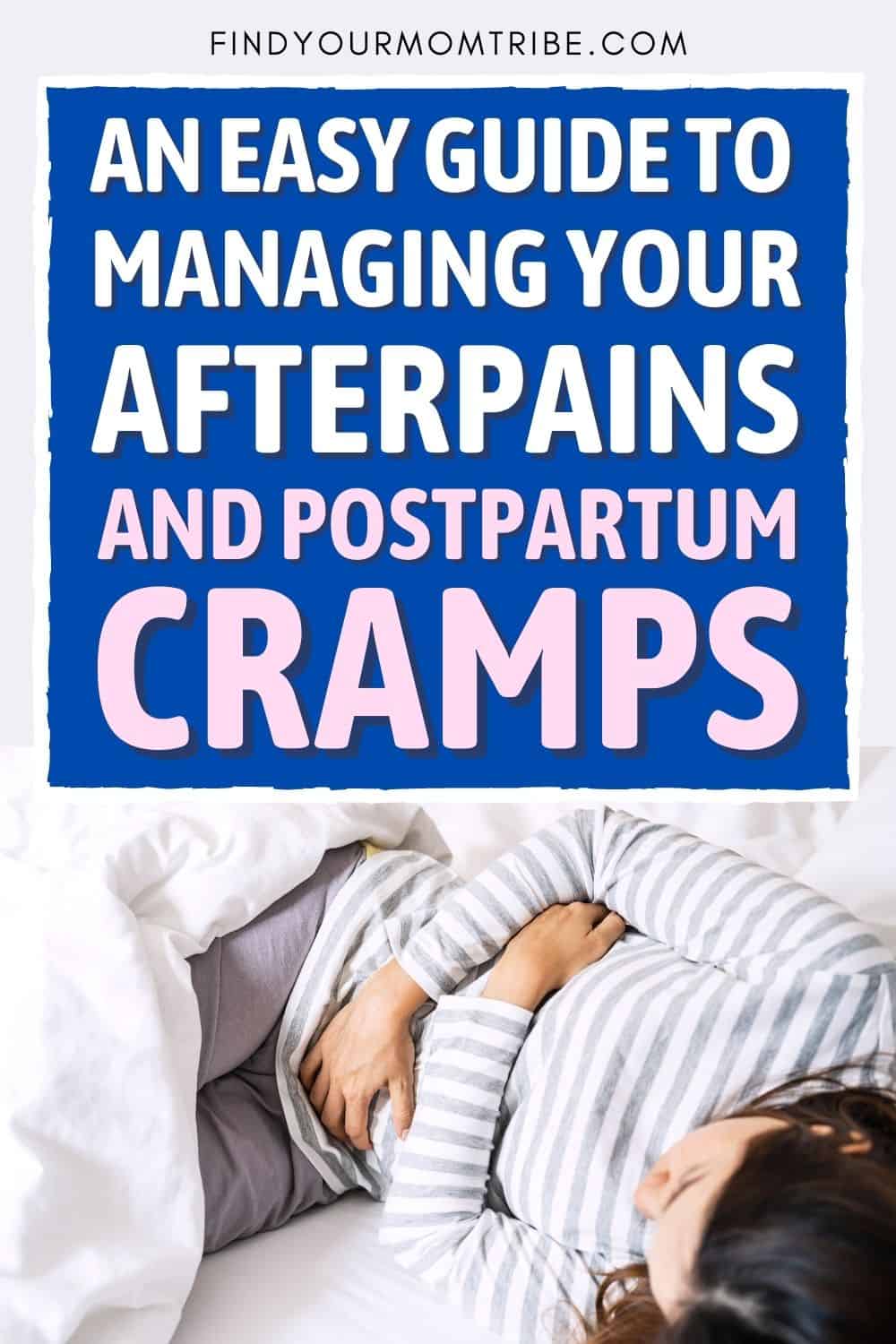
We love honesty! Find Your Mom Tribe is an Amazon Associate and we earn from qualifying purchases through affiliate links at no extra cost to you. Please see our full Amazon Affiliate disclosure for more information.

